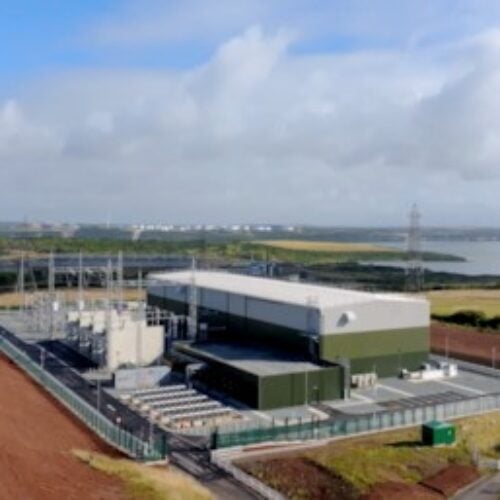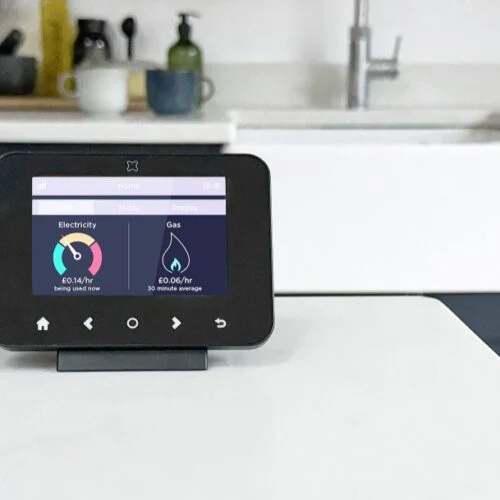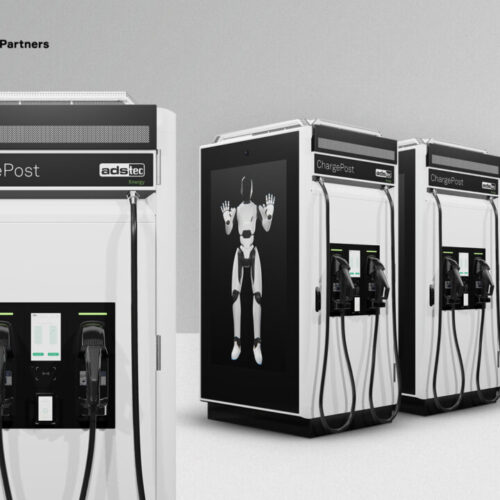From Covid-19 to the cost-of-living crisis, energy suppliers have had to adapt considerably over the past few years, particularly when it comes to how they manage data and how their customers are billed. They are also now facing one of the biggest changes in the energy market – the roll out of the Market-wide Half-Hourly settlement (MHHS) reform.
By switching all customers to be settled half hourly – rather than relying on estimates and periodic meter readings – it goes without saying that the move to MHHS is set to be one of the biggest transformations to the British electricity market to date.
Transitioning to a billing system that reflects consumers’ actual electricity consumption is expected to save consumers money, support energy flexibility, and facilitate the balance of demand and supply.
At the same time, MHHS represents an unprecedented opportunity for energy suppliers to participate in a flexible, dynamic and forward-looking energy market – and to launch new and competitive products.
While Ofgem has delayed its implementation by a year until 2026, energy suppliers can’t afford to stand still. To make the most of these changes and adequately support their customers, they will need to prepare. However, we know that with day-to-day pressures taking up considerable time, it can be difficult to plan ahead.
Wholesale Platform Changes
The most immediate and pressing challenge for energy suppliers (and other market operators) is the qualification of their systems to operate in the MHHS enabled world.
Core business orchestrations and services – Change of Supplier Gain and Loss Processes, Meter Processes, Agent Registrations, Transfer for Consumption Data, Migration and Reverse Migration Processes – all need to be built, reworked, or redesigned to support MHHS, whilst retaining some elements of the legacy integrations to support non-MHHS enabled meters during the transition period.
Many industry partners and suppliers have started the integration testing (SIT) associated with these changes already, in partnership with the MHHS Programme.
Choosing technology partners who are already supporting the early adoption group is a smart move for other suppliers, who’ll be able to take advantage of the knowledge and experience gained by those partners.
Preparing for the ‘data deluge’
Another huge challenge posed by MHHS is the sheer volume of data energy suppliers will need to handle. This can put a significant strain on existing resources, and those relying on legacy systems are likely to feel the pressure to upgrade.
With 48 meter readings each day to process for millions of meters, systems need to be able to cope without compromising on resilience and reliability. If a platform is struggling to keep up now, the ‘data deluge’ that happens once the MHHS becomes a reality could pose a real risk.
How can suppliers manage this? Choosing an energy centric SaaS solution, that is built with enterprise-grade scalability in mind, will be essential to manage the transition. This is because cloud native hosting is inherently scalable, and allows services to seamlessly process an exponential amount of consumption data without compromising on performance.
The MHHS opportunity
MHHS will accelerate the deployment of products that encourage energy users to load shift by consuming less electricity during peak times. This helps to balance the grid by preventing spikes in demand and accommodating the needs of renewable power generation – which is often intermittent and volatile.
In preparation for MHHS, suppliers can encourage load shifting by increasing and diversifying their time-of-use (ToU) tariffs, which encourage consumers to use energy at off-peak times. Another possibility is to promote the use of battery storage to I&C and larger SME customers, explaining the benefits of storing renewable electricity produced on site to use it at times of high demand.
Whether suppliers already offer attractive incentives for load shifting or are thinking of bringing forward new products, future-proofing operations will be a priority.
Fortunately, some providers in the energy software as a service (SaaS) market are planning to offer a full stack MHHS enabled energy platform which includes CRM, Digital and App, Billing, Time of Use Tariffs, Smart Metering, Switching, Payments, Debt Management and Gross Margin Accounting, across all market segments.
This represents a true ‘out of the box’ software solution for suppliers across the spectrum, enabling suppliers to innovate their core products and services in a post MHHS world, whilst maintaining leading cost to serve performance.
Towards a flexible and dynamic future
MHHS represents a huge change for energy suppliers, and, as with any industry transformation, challenges are likely to arise. However, the chance to future-proof operations, launch new products, support the drive to net zero and participate in a flexible and dynamic market will also bring huge value to those suppliers who are willing to innovate.





